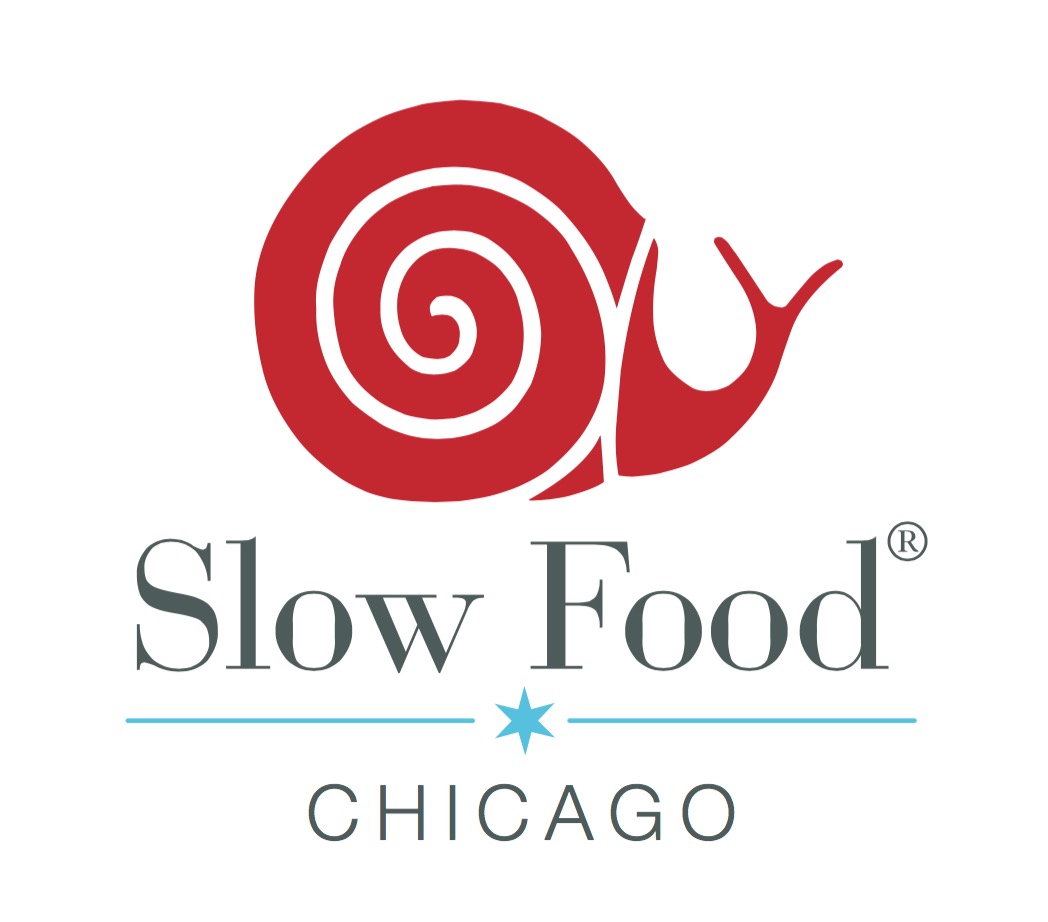Jamie Hayes and Gerry Quinton are two Chicago gals you're going to want to get to know. Not only are they Chicagoans - who more than approve of the avocado toast trend (more on that later) - but they also just happen to be changing how we think about fashion. And they sure got this Chicagoan doing some heavy thinking after having a chance to talk shop with them. Together, they own Department of Curiosities in Logan Square - a collaborative space housing Jamie's company Production Mode and Gerry's Morua. Ethical leather and corsets, oh my! I know. Are you as excited as I am? Okay. Good. Without further ado - let's get to the good stuff.
What would you be doing right now on a typical workday?
Wearing so many hats! We produce our lines ourselves, in-house, so a typical day would include cutting for production, sewing or working with our stitcher to have work sewn, inspecting work, not to mention researching, sketching and pattern making for lines in development, fitting work on clients and fit models, and marketing, selling, and shipping work. And of course super glamorous work like taking out the trash and trips to the hardware store round out our days.
What's the best part about your job? The hardest part?
The best part is autonomy - we can create whatever interests us. We can schedule our days in the ways that work best for us. We can surround ourselves with a community of creative people and clients that inspire us.
The hardest part is staying organized and focused. When everything and anything is possible, it's so important to create and maintain parameters for working. It's hard to switch hats so many times during the day and for us, this year will be about how best to organize and use our limited time and resources, and figuring out when and how to delegate/collaborate with other people so as to continue to create and produce at a high and satisfying level.
What do you think is the biggest obstacle for Chicago's fashion systems (particularly in regards to "slow" / sustainable fashion) to overcome? How does this relate to any obstacles you are aware of in our food system?
NAFTA and subsequent trade agreements have meant that in the past 25 years we've gone from having over 50% of our clothing manufactured in the US to merely 2%. So our infrastructure, from weaving mills to fabric sales reps to patternmakers to contractors, has been decimated. Add to that the rise of fast fashion in our industry, and domestic designers really have trouble competing - especially since many customers now are really only familiar with fast fashion and may not understand the differences in quality - not to mention the deleterious effects of fast fashion on the health of workers, our economy, and the planet. The appreciation of quality fabrics, cut, and construction is also diminished by fast fashions emphasis on disposable clothing and ever-evolving trends. Plus it's rare for people to learn how to sew these days and thus our connection to how clothing is made has been diminished.
Many similar same obstacles exist in the food industry, and many have been addressed by the slow food movement - so we're very inspired! For example, as consumers of food, over the past several generations, we've been increasingly disconnected from the sources of our food supply - because much of our food is coming from far away places, because it's often being grown by vast agribusiness, and because much of it is processed into something that barely resembles food.
The effects of these issues are similar in both the food and garment industry - small farmers struggle to stay on their land, whether growing food or natural fibers for processing into cloth or livestock for wool or leather are grown on farms, and struggle to compete when using "slower" practices like organic and free-range farming. In the fashion industry, we also have the issue of vulnerable workers (often young girls sent from the rural villages where farmers are struggling to keep their land) migrating to mega-cities to work in the garment industry for 80+ hours/week for very little pay, often sending the majority of their pay back home to try to keep families on their land or to fund the education of children in the family. Because production happens somewhere so far away, because we no longer understand the vast amount of human labor that goes into making clothing, and because the price of clothing is so cheap now, it's easy to forget to value clothing at all - it's become a disposable commodity.
In doing so, we lose so much. Not only do farmers and garment workers suffer from low pay, but also the planet suffers because so much of the industry is unregulated and dyes, pesticides, and chemicals resulting from garment manufacturing are being dumped into our soil and waterways. Not to mention the vast amounts of textiles that end up in landfills each year. But also notable is that we've lost our connection to our clothing. Clothing - like food - can be a source of joy, culture, and self-expression. We have to get dressed everyday so we might as well make what we wear reflect our values and personality and choose something meaningful and healthful, to workers, the planet, and to ourselves.























